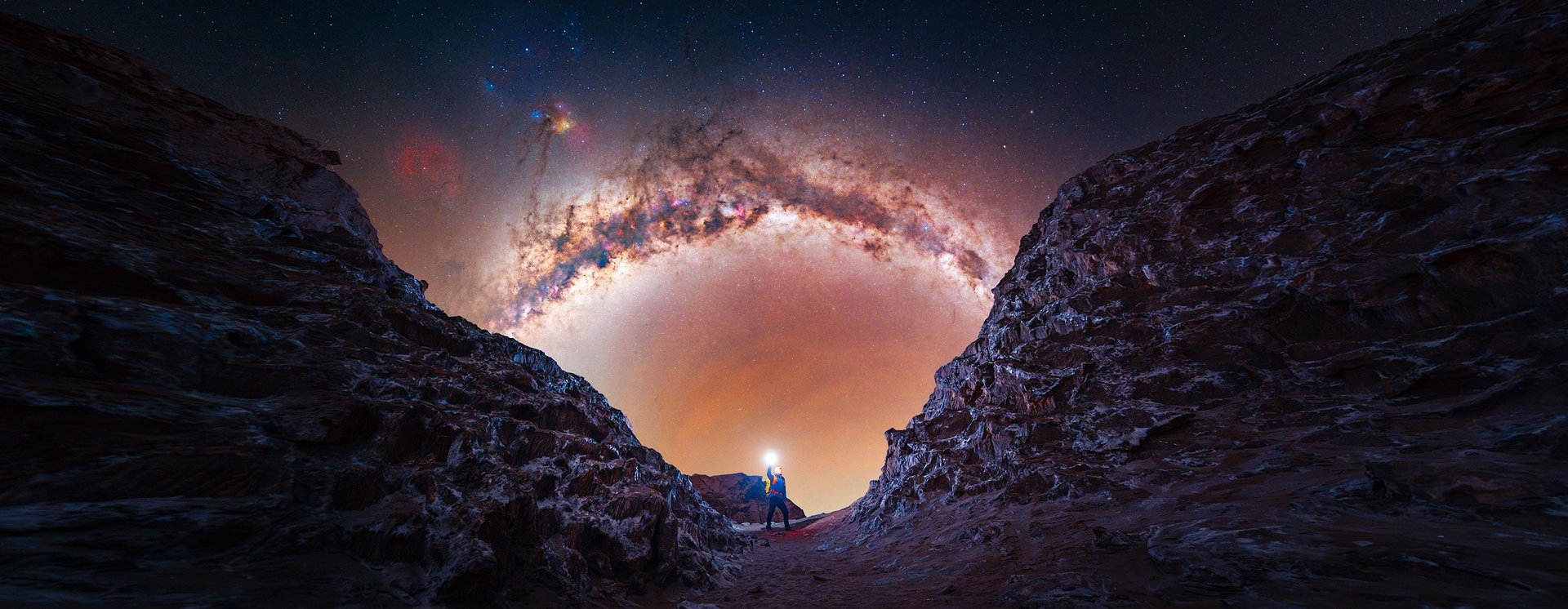
MASTERCLASS
Landscape Astrophotography Post-Processing
Unlock the full potential of your RAW files and learn how to transform every image into an emotionally impactful masterpiece.
Start Date: January 2026
Course Goals
Learn how to create emotionally compelling visual imagery — from the concept and planning, through gear selection and shooting, to the final edit.
Build a complete post-processing workflow using techniques such as single exposure, stacking, focus stacking, blending, panorama stitching, and star trails.
Master methods for achieving distinctive and inspiring results when processing the night sky and foreground, with the goal of producing a well-balanced, artistically finished image.
Create a polished final file, ready for both digital presentation and high-quality printing.
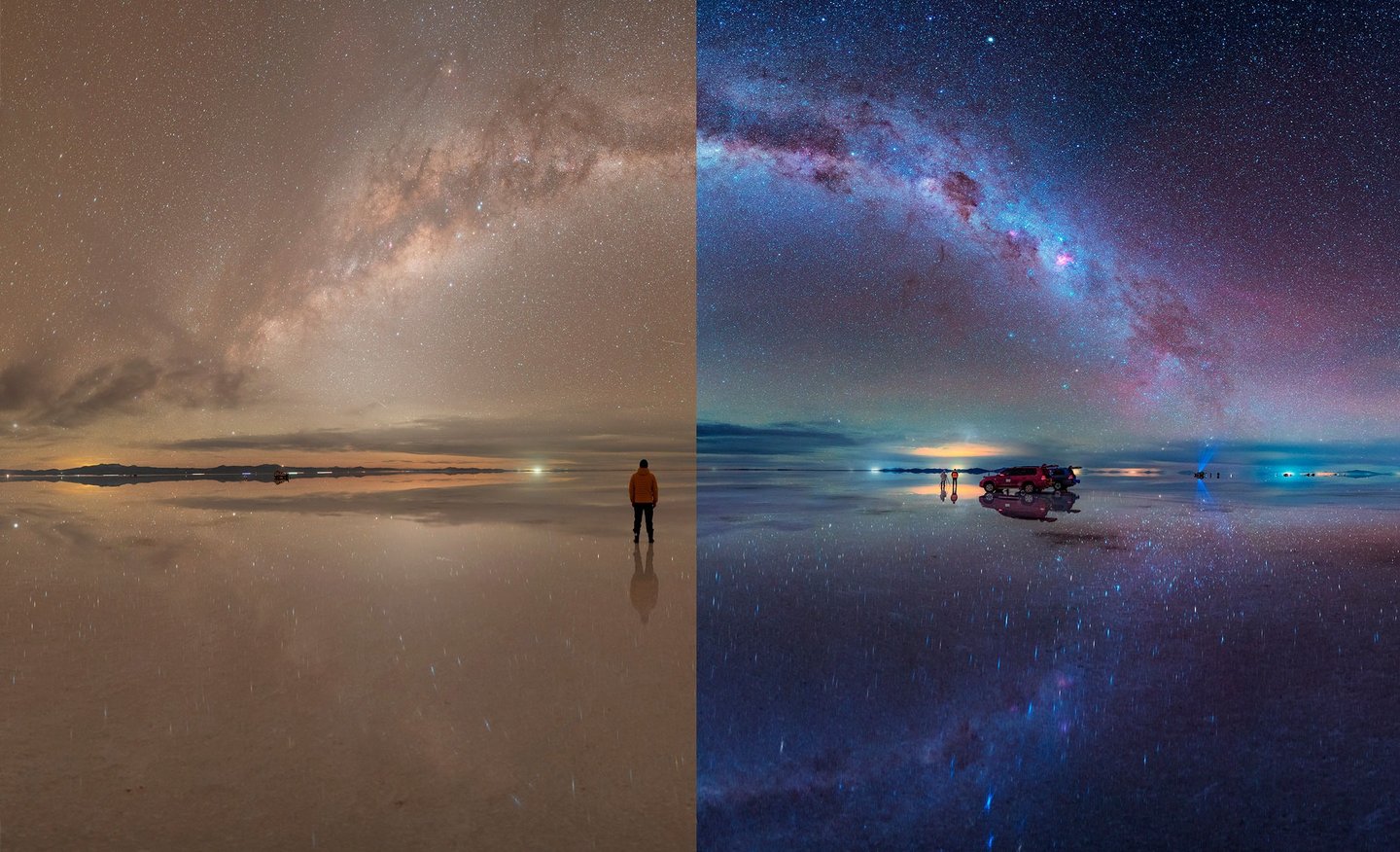

Module 7 – Panoramas from Single Exposures
Topic: Creating wide and complex compositions
Preparing for panorama shooting: framing, rows, overlap
Suitable lenses and panoramic heads
Stitching software: Photoshop, PTGui Pro
Projections and distortion handling
Practical session:
Two-row panorama — one row for the sky, one for the foreground
Stitching and processing
Fine tonal and color corrections
Module 8 – Tracked Panorama
Topic: Advanced landscape astrophotography techniques
Shooting tracked sky panels
Separately photographing the foreground
Preparing and processing individual frames
Blending tracked sky with the foreground
Software: PTGui Pro, Photoshop
Practical session:
Building a complete tracked panorama
Color and contrast balancing
Final workflow for print and digital publishing
PROGRAM
Module 1 – Fundamentals & Single-Frame Processing
Topic: Introduction to landscape astrophotography and basic workflow
Recommended equipment: astro-modified cameras, full-spectrum vs. astro mode
Star tracker devices — advantages and limitations
Zoom lenses vs. primes — when, why, and how
Planning your session: light pollution, Moon phases, location scouting, useful apps and websites
Exposure settings by camera and lens
Example images from leading landscape astrophotographers
Practical session:
Working with Adobe Camera RAW and Photoshop
Single-frame processing workflow (contrast, color balance, noise, sharpening)
Module 2 – Stacking & Processing Stacked Images
Topic: Improving image quality by combining multiple frames
What stacking is, when to use it, and why
Software: Sequator, Starry Landscape Stacker
Difference between single, stacked, and tracked frames
Stacking tracked exposures — pros and cons
Practical session:
Stacking demonstration
Processing the resulting file in Photoshop
Noise reduction and color balancing


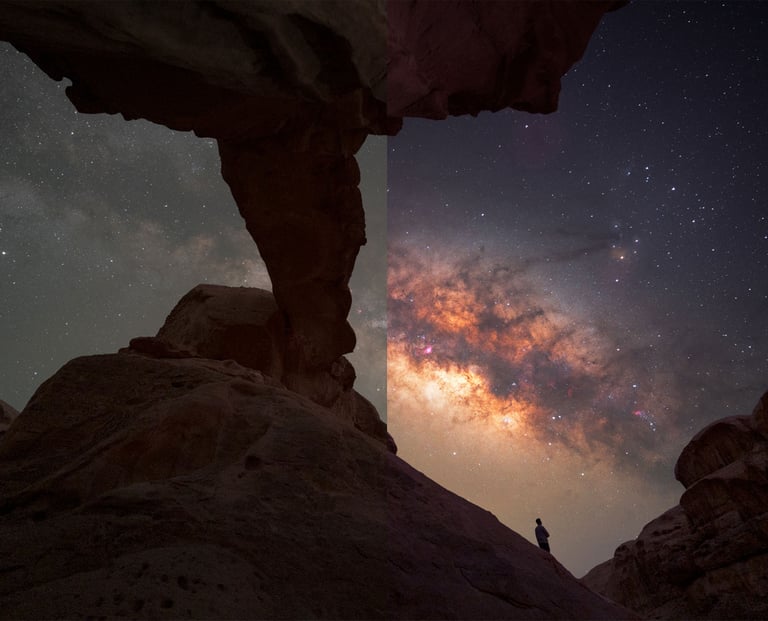

Module 3 – Masks & Light Control
Topic: Working with masks and local adjustments
Why masking is essential in landscape astrophotography
Types of masks: hand-drawn, luminosity, and color masks
Practical session:
Creating and using luminosity masks
Combining multiple exposures
Controlling highlights and shadows without losing detail

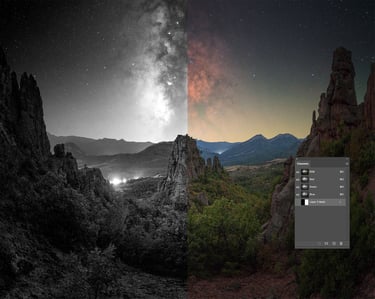
Module 4 – Focus Stacking
Topic: Achieving maximum sharpness from foreground to stars
What focus stacking is and when to use it
Software: Photoshop
Shooting recommendations for focus stacking
Practical session:
Merging exposures with different focal planes
Final tonal and color adjustments
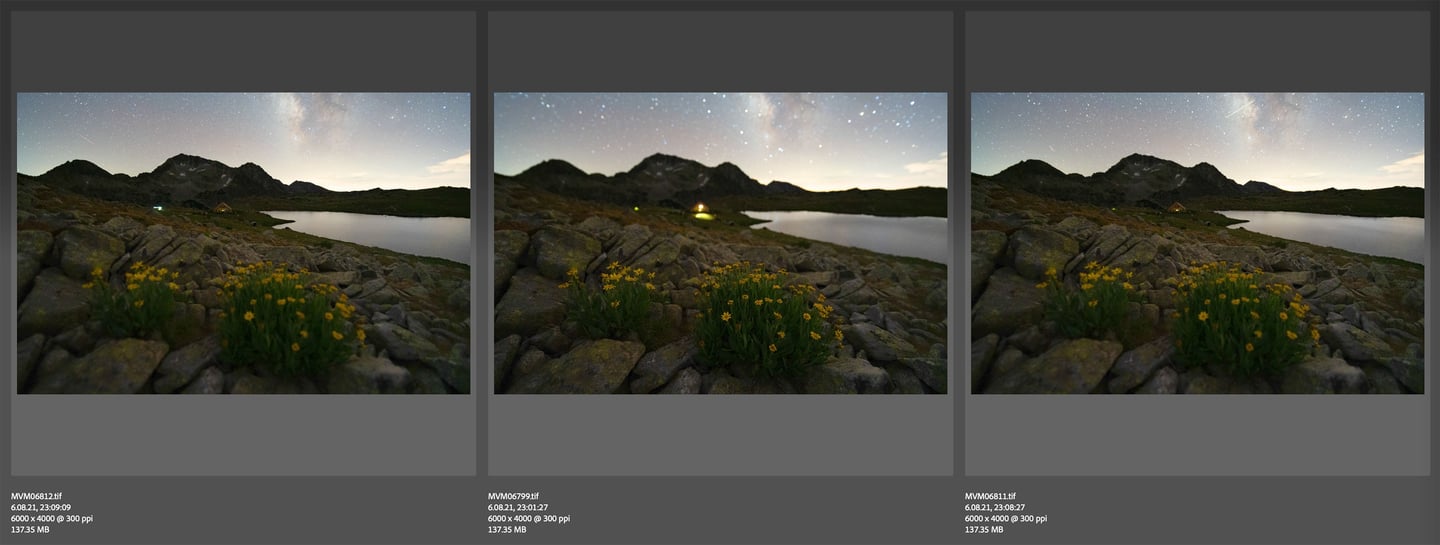

Module 5 – Star Trails & Time-lapse
Topic: Dynamic night compositions
Shooting star trails — settings, intervals, timing
Stacking software: Photoshop
Blending sky and foreground
Basics of time-lapse sequences
Practical session:
Processing star trail images
Building a clean, finished composition with balanced foreground
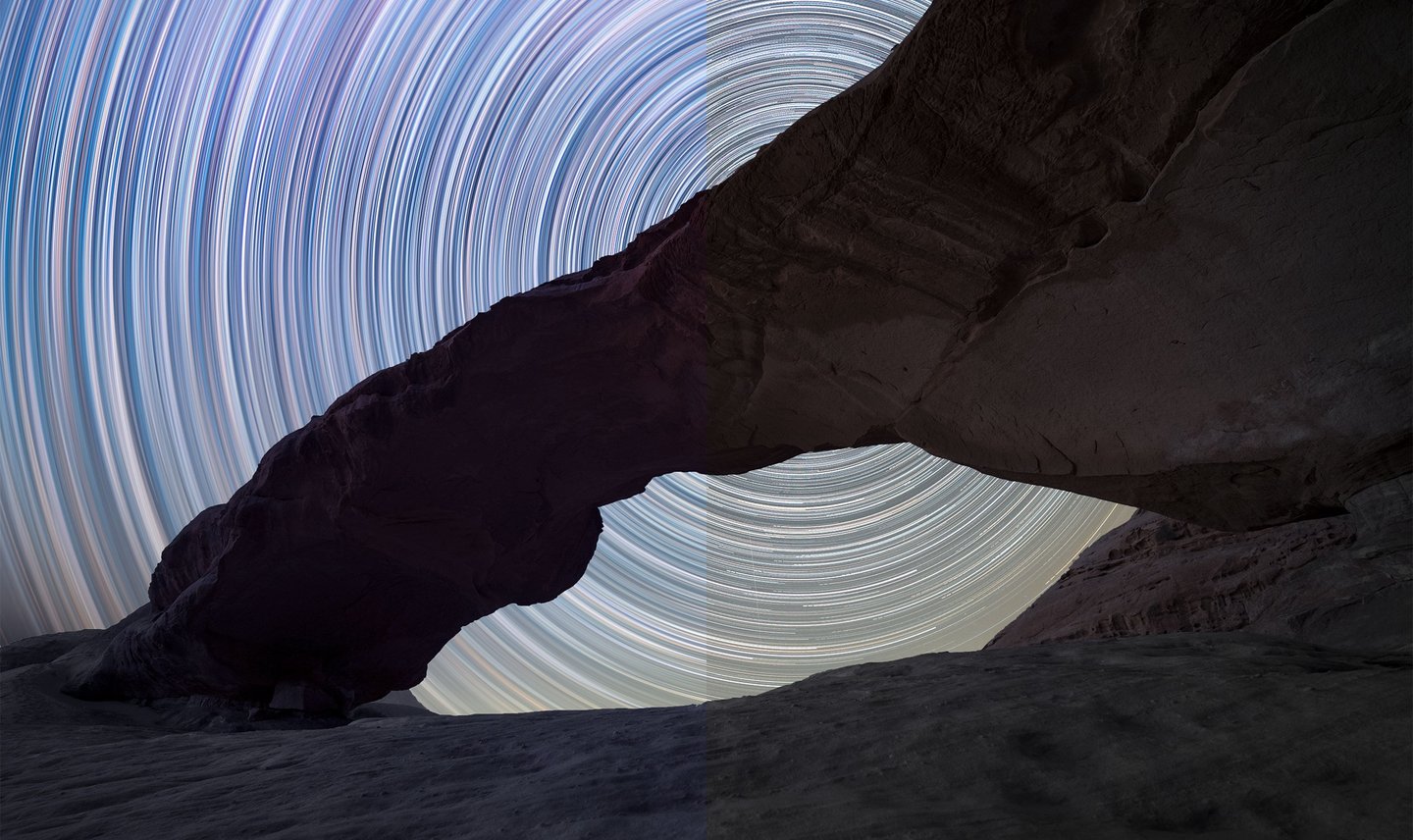

Module 6 – Working With a Star Tracker
Topic: Precise tracked night-sky imaging
Differences between single and tracked exposures
Tracker setup and balancing
Stacking tracked frames
Foreground–sky blending techniques
Practical session:
Blending a tracked sky image with a separately captured foreground
Fine processing and color balancing
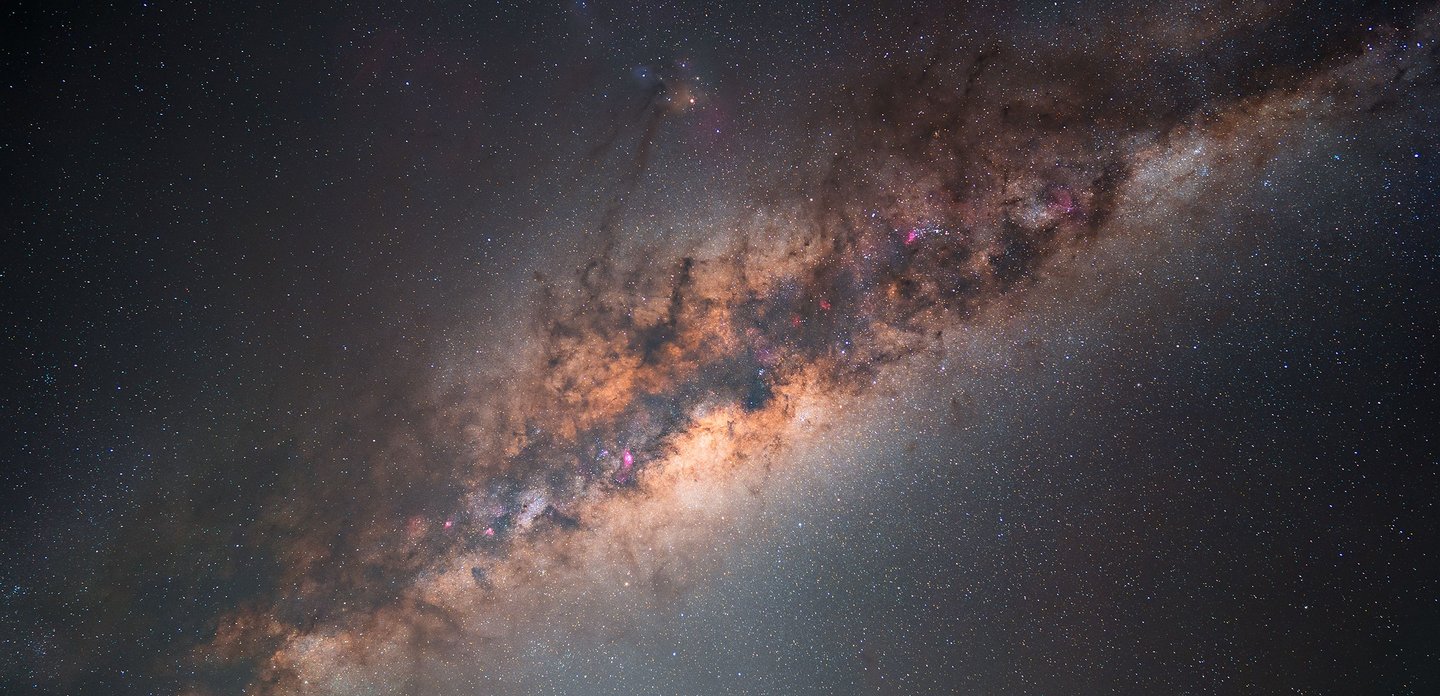

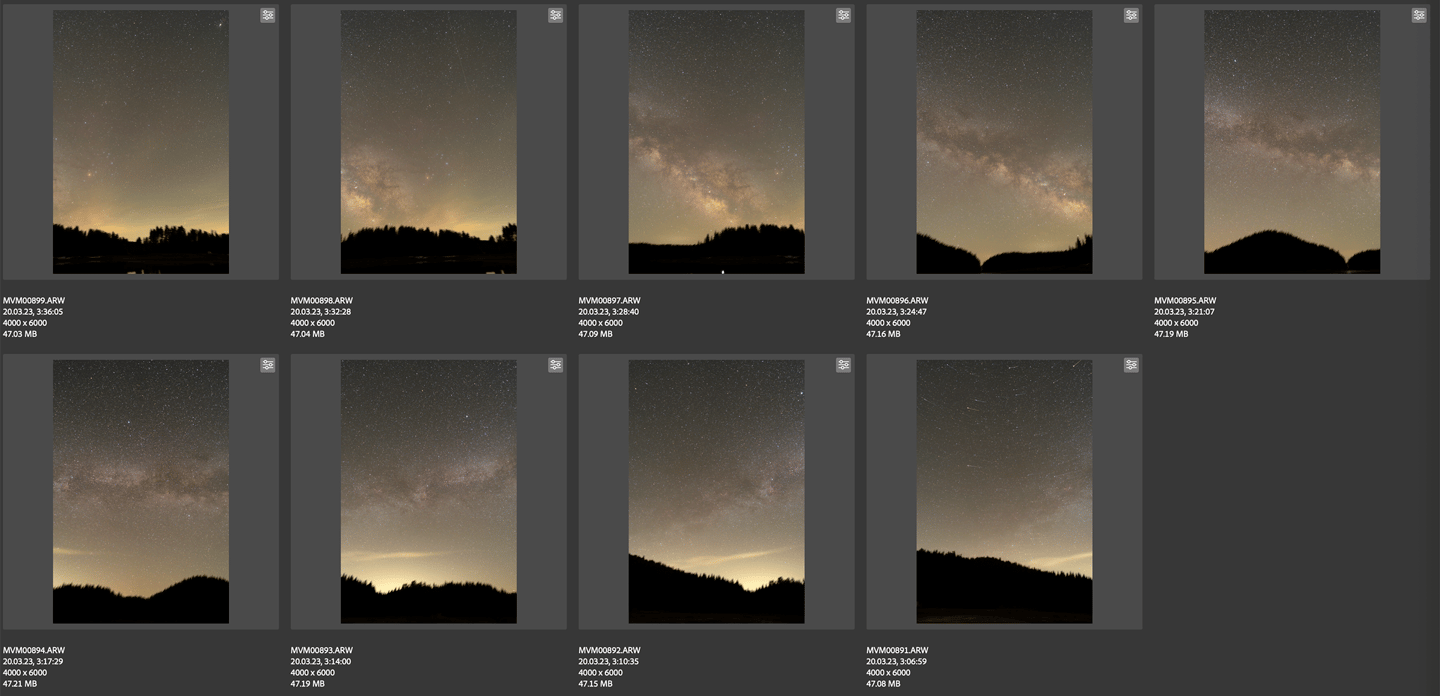

Final Module – Completion & Project Presentation
Exporting final images: formats and archiving
Preparing for print — profiles, sizing, sharpening
Preparing for social media — compression and quality optimization
Participation in competitions — pros, cons, and how to interpret feedback
Platforms for sharing astrophotography
After each online session, participants will receive the recorded lesson and will be able to practice the techniques using the provided RAW files. At the beginning of every meeting, we will review the previous week’s edited images, allowing participants to progress through constructive critique and guidance.
Price: €350
Payment can be made via bank transfer or Revolut. An invoice can be issued upon request.
The price includes all online sessions, recorded videos, and the RAW files for practice.
Start: January 2026
Minimum participants: 5
Maximum participants: 10
Platform: Google Meet
Registration deadline: 19 December 2025
Sign Up
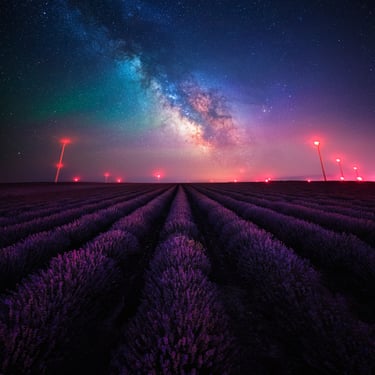

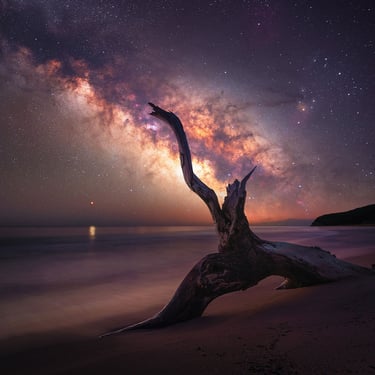

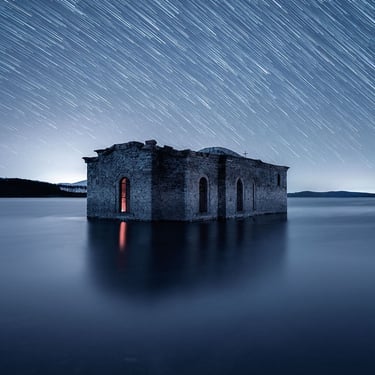
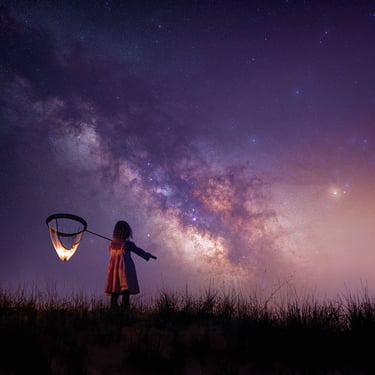

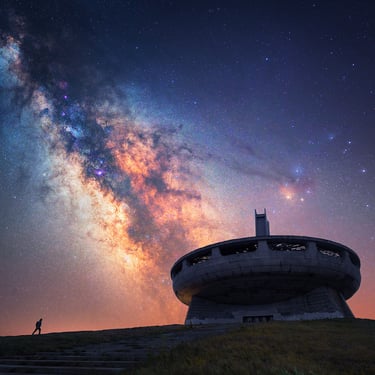
Duration:
8 weeks (one session per week, 3 hours each. The exact weekday will be coordinated with all participants.)
Format:
Live online training with demonstrations and hands-on practice. All sessions will be recorded, and every participant will receive access to the files so they can repeat and practice the workflow as many times as they wish.
Participant Level:
From beginners to advanced astrophotographers (basic knowledge of Photoshop and photo-editing software is required).
